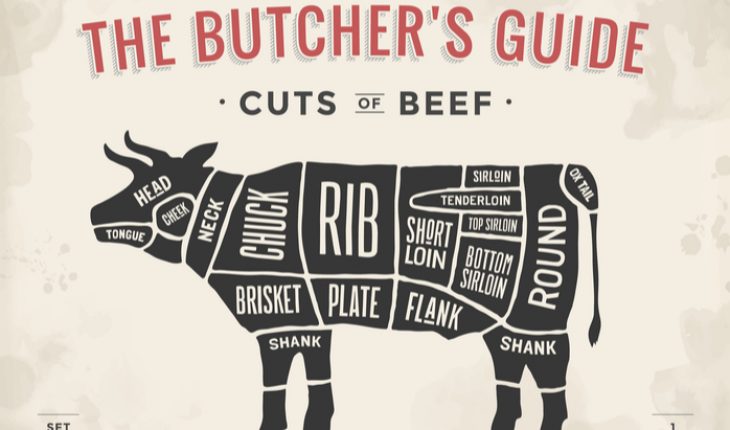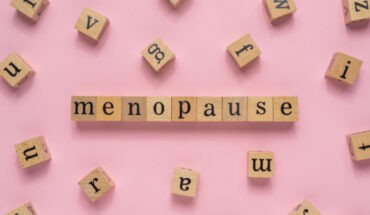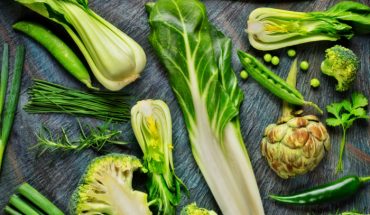Should we eat more red meat, not less? That’s the question posed by the a new study published by the journal Nutrients which found that blanket health messages to lower red meat intakes could have adverse implications on the micronutrient quality of women’s diets, particularly intakes of zinc and vitamin D.
The secondary analysis of the UK National Diet and Nutrition Survey (NDNS) data revealed that women consuming less than 40g total red meat were more likely to have micronutrient intakes below the Lower Reference Nutrient Intake (LRNI) for zinc, iron, vitamin B12 and potassium and have lower habitual vitamin D intakes than women consuming between 40g and 69g daily. Intakes below the LRNI are almost certainly not enough for most people.
The data set comprised dietary and blood analyte data for 2,021 women aged 11 to 64 years from years 2008/2009 to 2011/2012.
Amongst the participants, mean intake of red and processed meat from NDNS years 5 and 6 of the survey were 47g per day for women aged 19 to 64 years, with 43 per cent of UK women eating less than 40g. These intakes are substantially lower than Scientific Advisory Committee on Nutrition recommendation which was up to 70g of red meat per day.
Overall mean daily iron and zinc intakes were below the LRNI in 30.5 and 9.8 percent of participants, respectively. A further 14.7 per cent and a quarter (25.1%) had riboflavin and potassium intakes below the LRNI, respectively. Nearly half of the participants (48.5%) had selenium intakes below the LRNI. Mean vitamin D intake was 1.98mg per day.
When comparing data between UK females with total red meat intakes <40g daily and those eating between 40g and 69g daily, mean micronutrient intakes were continually lower in females who consumed <40g. The proportion of individuals with micronutrients below the LRNI was significantly higher for iron, zinc, vitamin B12 and potassium amongst those consuming <40g total red meat daily compared to those eating between 40g and 69g.
Women are at a particularly high risk of iron deficiency (ID) and iron deficiency anaemia (IDA). ID is characterised by diminished iron stores whilst IDA is attributed to the combined effects of poor iron stores and diminished haemoglobin levels. Iron is also critical to reproductive health, with IDA having wide-ranging detrimental effects on material and infant well-being. Some research has also linked ID in females of childbearing age to reduced cognition, mental health and heightened fatigue.
Zinc is an important part of many enzymes and is required to aid growth of the immune cells plus maintenance of hair, skin and nails.[5] Zinc is also an important nutrients for women of reproductive age who could become pregnant[6],[7] with other research showing that pregnant vegetarians tend to have zinc intakes below recommended amounts.[8]
Dr Emma Derbyshire, an independent Public Health nutritionist and study author commented “Encouraging all population groups to eat less red meat can clearly exacerbate the nutrient shortfalls that are apparent in some at-risk groups. This study shows a clear correlation between low consumption of red meat and lower intakes of key nutrients that are essential for good health.
Red meat is a nutrient dense food and is the most readily absorbed source of iron in our diet. Average intakes are well within the recommendation of up to 70g per day and the ongoing problem of iron and zinc insufficiency in women suggest that some groups should actually be eating more red meat, not less.”
- Christmas Is for All - 19th December 2025
- Intense influenza season driven by new strain - 19th December 2025
- KFSHRC Develops Novel Technique to Treat Inner Ear Disorders - 19th December 2025







